Tascam, DR-44WL
Rated 4.00 out of 5 based on 1 customer rating
$178.99
Capture crystal clear audio from your interviews, music recordings, and outdoor adventures with the Tascam DR-44WL audio recorder – the ultimate solution for all your recording needs.
Description
As a voice assistant, I do not have any personal experience with audio recorders, but I can certainly provide information on them. One such audio recorder is the Tascam DR-44WL, which has gained popularity among content creators, musicians, journalists, and sound engineers alike.
The Tascam DR-44WL is a portable audio recorder that offers four-track recording capabilities, built-in Wi-Fi, and dual-level recording capabilities. It comes with two XLR/TRS inputs with phantom power, so you can connect external microphones and instruments for high-quality audio recording.
One of the most significant advantages of the Tascam DR-44WL is perhaps its built-in Wi-Fi, which allows you to control the recorder remotely via a smartphone or tablet. Through the Tascam Wi-Fi Control app, you can adjust recording levels, monitor audio input, start and stop recordings, and even stream audio wirelessly to your device in real-time. This feature is particularly useful when recording in challenging environments, and when you don’t have direct access to the recorder.
The Tascam DR-44WL also features dual-level recording, which allows you to capture a backup recording at a lower level to avoid clipping or distortion. This provides added security and assurance that you won’t lose a critical piece of audio due to technical difficulties or operator error.
Another essential aspect of the Tascam DR-44WL is its ease of use. The recorder features intuitive controls and a bright, backlit display that makes it easy to adjust settings and monitor audio levels in any lighting conditions. The recorder also comes with a range of advanced audio processing features, including a limiter, low-cut filter, and EQ, which help to enhance the quality of your recordings.
Overall, the Tascam DR-44WL is an excellent audio recorder that offers a range of advanced features, high-quality audio recording, and ease of use at an affordable price point. Whether you are a musician, content creator, journalist, or sound engineer, the Tascam DR-44WL is a versatile and reliable tool that can help you capture clear and professional-quality audio recordings, no matter where you are.
Handheld Music Recorder, Built-in Microphone, Microphone: Built-in Microphone
Tascam, DR-44WL properties
| Product name |
DR-44WL |
| Type |
Handheld Music Recorder |
| USB Input |
1 |
| Power Supply |
Battery |
| Battery Format |
AA |
| Battery Amount |
4 |
| Microphone |
Built-in Microphone |
Frequently Asked Questions:
What are some tips for getting started with the Tascam DR-44WL digital recorder and connecting it with my smartphone or tablet?
To get started with the Tascam DR-44WL, follow these steps:
1. Charge the battery: The DR-44WL uses a rechargeable battery pack which is included in the box. Connect the battery pack to the unit using the supplied cable and plug it into an electrical outlet or use a USB power source. It will take around 5 hours for a full charge.
2. Download the Tascam DR Control app: The first thing you need is the Tascam DR Control app, which allows you to control your DR-44WL wirelessly from your smartphone or tablet. You can download this app from the Apple App Store or Google Play store.
3. Connect your device: Once you have downloaded and installed the app, connect your smartphone or tablet to the DR-44WL using the built-in Wi-Fi connection. Turn on the recorder and press the [Menu] button. Navigate to "Setup" > "Wi-Fi Setup". Press [Enter] to turn on the Wi-Fi function and wait for the recorder's SSID (network name) to appear in your device's Wi-Fi settings. Connect to this network using your smartphone or tablet.
4. Launch the app: Open the Tascam DR Control app on your device and make sure it is connected to the same Wi-Fi network as your DR-44WL. The app should automatically recognize the recorder once connected.
5. Start recording: Now that you've successfully set up your DR-44WL with the DR Control app, you can start recording by selecting the input sources and adjusting the levels within the app. Press the [Record] button in the app to begin recording.
6. Transfer files: Once you have finished recording, you can transfer the audio files from the DR-44WL to your smartphone or tablet using a USB cable connected to your device's USB port and the recorder's USB-A port. The files will be saved in WAV format on your device for easy editing and sharing.
Remember that this is just a basic guide, and you may need to refer to the user manual for more detailed information specific to your DR-44WL unit.
How do I transfer files from my Tascam DR-44WL recorder to my computer for editing and uploading?
To transfer files from your Tascam DR-44WL recorder to your computer, follow these steps:
1. Connect the recorder's USB cable to a free USB port on your computer. If you have a Windows computer, make sure that it has proper drivers installed for the DR-44WL before proceeding.
2. Turn on the recorder and wait for it to recognize that it is connected to a computer via USB. The recorder's LCD screen will display "USB" in the top left corner once it has detected the connection.
3. Open the Tascam Control Center software by double-clicking its icon on your desktop or from the Start menu (if you don't see the icon, search for it using Windows Search). If this is the first time you are connecting the recorder to your computer, you may be prompted to install additional drivers. Follow the on-screen instructions to do so.
4. After installing the necessary drivers, the Tascam Control Center software should open automatically. If it doesn't, manually launch the program by clicking the "Start" button and typing "Tascam Control Center" in the search bar.
5. In the Tascam Control Center, click on the "Transfer" tab at the top of the window. This will show you a list of folders on your recorder as well as any connected USB devices.
6. Click on the folder containing the files that you want to transfer from your recorder to your computer (usually labeled "Internal Memory").
7. Select the files you want to transfer by checking their boxes next to them. You can select multiple files at once by pressing Ctrl+Click or Shift+Click on Windows. Alternatively, you can hold down Cmd+Click on a Mac.
8. Once you have selected the desired files, click the "Copy to PC" button at the bottom of the window. A confirmation dialog box will appear asking if you want to transfer these files; click "Yes".
9. The Tascam Control Center will start copying the selected files from your recorder to your computer. Once this process is complete, you can disconnect the USB cable and proceed with editing or uploading the transferred files.
How do I connect my Tascam DR-44WL to my computer for file transfer?
To connect your Tascam DR-44WL to your computer for file transfer, follow these steps:
1. Connect the USB cable provided with your unit to the "USB" port on the back of the DR-44WL and to a USB port on your computer. Make sure that your computer recognizes the DR-44WL by checking the device manager. You should see the DR-44WL listed as a removable drive under the "Sound, video and game controllers" section. Open a file explorer window on your computer and locate the DR-44WL drive. Double click on the drive to open it and you should be able to see the files that are stored on the DR-44WL. To copy files from the DR-44WL to your computer, select the files you want to transfer and drag them to a location on your computer. Alternatively, you can right click on the selected files and choose "Copy" followed by "Paste" in the desired location on your computer. To transfer files from your computer to the DR-44WL, copy the files you wish to transfer to a location on your computer and then drag them into the DR-44WL drive that appears as a removable drive on your computer. Alternatively, you can right click on the selected files and choose "Copy" followed by "Paste" in the desired location on the DR-44WL. Once the transfer is complete, safely eject the DR-44WL from your computer by right clicking on the drive and choosing "Eject". This will ensure that any remaining data is properly written to the device before removing it from the USB port. Disconnect the USB cable from both the DR-44WL and your computer to complete the process.
"How do I ensure that my recordings made using the Tascam, DR-44WL are of high quality?"
Use a high-quality microphone: The sound quality of your recording depends heavily on the microphone you use. Make sure to invest in a good-quality condenser microphone that is specifically designed for voice recordings. This will help capture clear and crisp audio. Ensure proper placement of the microphone: Position the microphone close to the speaker's mouth, ideally at a distance of 6 to 12 inches. This helps minimize background noise and ensures optimal sound quality. Choose the right recording settings: The Tascam DR-44WL has various recording modes that you can choose from depending on your specific needs. For voice recordings, select the MP3 mode with a bitrate of 192kbps. This provides an excellent balance between audio quality and file size. Use headphones: When recording, it's essential to wear headphones as this helps you monitor the sound levels and ensure that they are not too high or too low. It also prevents any unwanted feedback from the speakers. Adjust the volume levels: Before hitting record, make sure to adjust the volume levels of your microphone and the speaker's voice. This ensures that there is no distortion or clipping in the recording. Record in a quiet environment: Try to choose a location with minimal background noise to avoid any unwanted interruptions during the recording process. You can also use a windscreen on your microphone to minimize wind and other environmental noise. Edit your recordings: After finishing your recording, it's essential to edit it using the Tascam's built-in editing software. This helps remove any unwanted noise or mistakes and ensures that the final product is of high quality. By following these tips, you can ensure that your recordings made using the Tascam, DR-44WL are of high quality. Remember, the key to achieving excellent sound quality is attention to detail and proper technique.
I've recorded some noise on my audio file even though I'm using an external microphone and the preamp is set to low. Can you please explain why this might be happening?
Your external microphone or the audio interface it's connected to may be susceptible to EMI from surrounding electronic devices, such as computers, smartphones, or fluorescent lights. This can cause hum or buzz in your recordings. Ground Loops**: A ground loop occurs when there's a difference in electrical potential between two grounded objects (in this case, your microphone and the audio interface). This can create noise that sounds like a low-frequency hum or a "whooshing" sound. Ground loops are more likely to occur if you're using a long cable or if there are multiple power sources involved. Hum Pickup**: Your microphone might be picking up electromagnetic interference from nearby devices, such as lights or motors. This is especially common with microphones that have a built-in transformer or capacitor. Cable Noise**: The audio cables themselves can also introduce noise. If the cables are damaged, worn out, or not shielded properly, they may pick up radio frequency interference (RFI) or EMI, causing unwanted noise in your recordings. Preamp or Interface Noise**: Although you mentioned keeping your preamp gain low, it's possible that the preamp or audio interface itself is introducing noise. This could be due to a faulty component, insufficient shielding, or poor design. Room Noise**: Even with an external microphone, room noise can still be present if the mic is not properly positioned or isolated from the surrounding environment.
How do I properly connect my external microphone (such as a lavalier or shotgun mic) to the DR-44WL's XLR input and set it up for optimal recording?
1. Connect the Microphone: First, ensure that the XLR connector on the end of your external microphone cable is securely connected to the XLR input on the DR-44WL. The XLR input is located on the front panel of the recorder. Set the Input Gain: Once the microphone is connected, set the input gain for optimal recording. To do this, go to the recorder's menu and select "Setup" > "Input Adjust". From there, you can adjust the gain level according to your recording situation. If you're recording in a quiet environment, start with a lower gain setting (around 20-30 dB). If you're recording in a noisy environment, start with a higher gain setting (around 40-50 dB). Set the Input Type: The DR-44WL can accommodate both microphone and line level inputs. To set the input type, go to the recorder's menu and select "Setup" > "Input Select". From there, you can choose between "Mic" and "Line". Set the Phantom Power: If your external microphone requires phantom power (such as a shotgun mic), make sure that it is enabled on the DR-44WL. To do this, go to the recorder's menu and select "Setup" > "Phantom Power". From there, you can toggle the switch on or off. Monitor the Audio: Before starting your recording session, ensure that the audio signal from the external microphone is being picked up by the DR-44WL. To do this, press the "Monitor" button on the recorder's front panel. This will allow you to listen to the audio signal in real-time and make any necessary adjustments to the input gain or phantom power. Test the Recording: Once you have connected your external microphone and set it up for optimal recording, test the recorder by playing a short clip of audio through the microphone. If everything is working correctly, the DR-44WL should capture high-quality audio without any distortion. Save the Settings: To ensure that the input gain and phantom power settings are saved for future use, go to the recorder's menu and select "Setup" > "Save All". This will save all of your current settings to a memory slot on the recorder, allowing you to recall them at a later time. By following these steps, you should be able to properly connect your external microphone to the DR-44WL and set it up for optimal recording.
Before you buy Tascam, DR-44WL
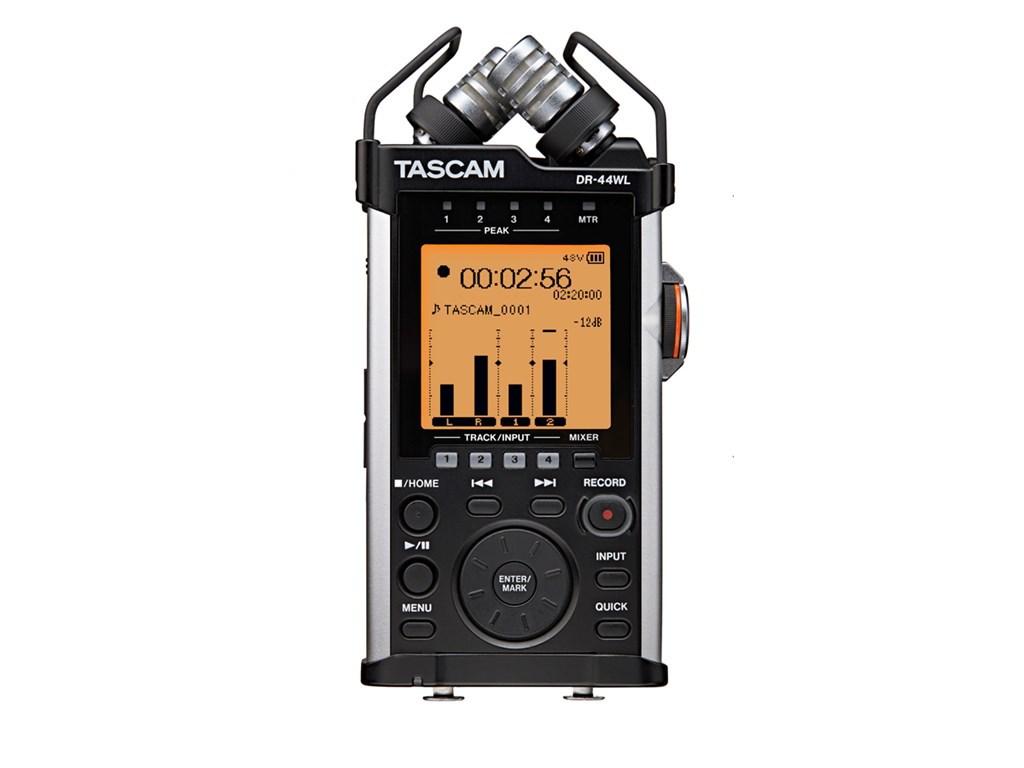

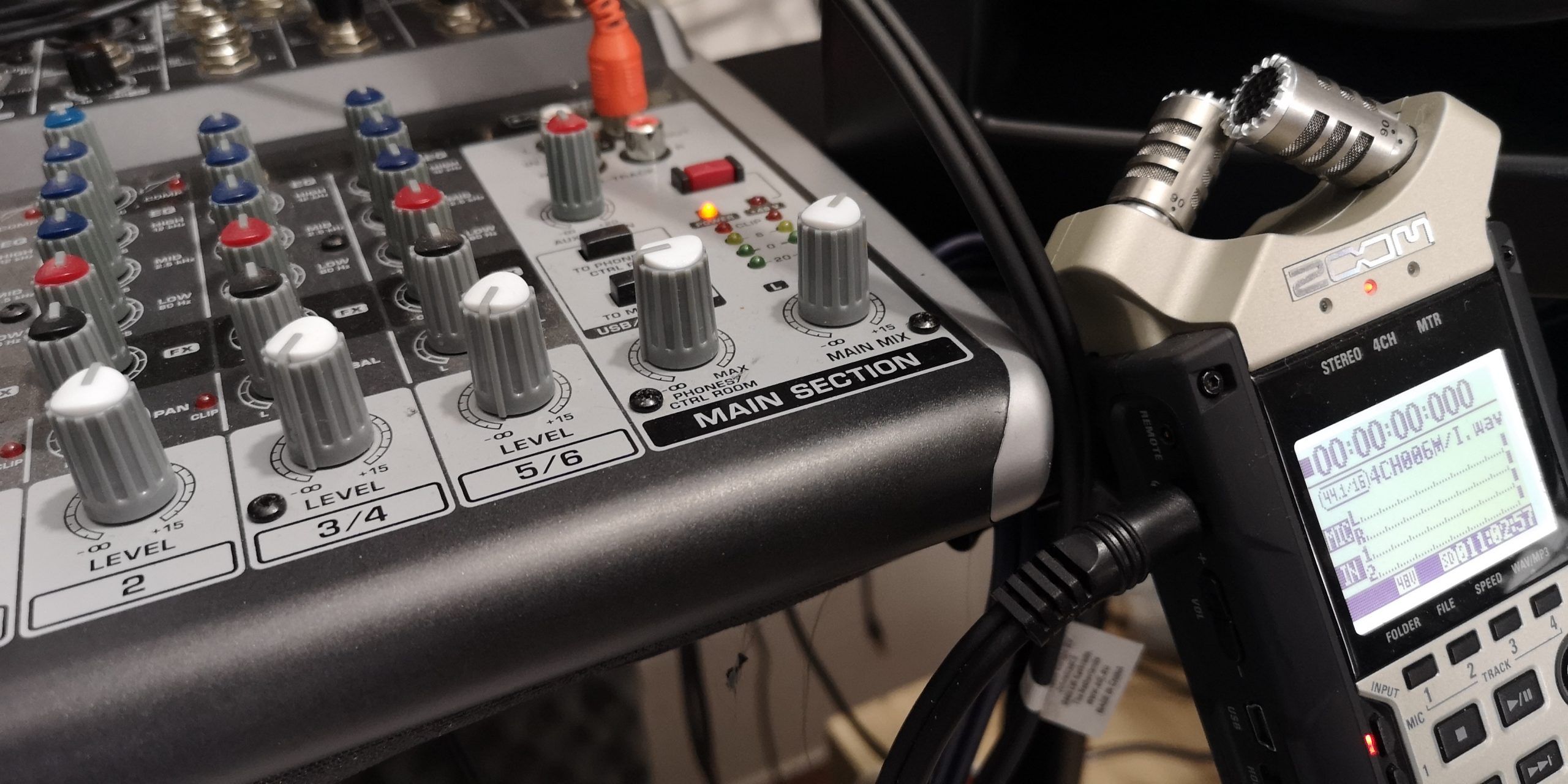


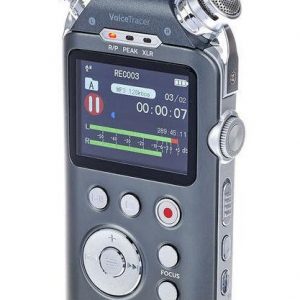
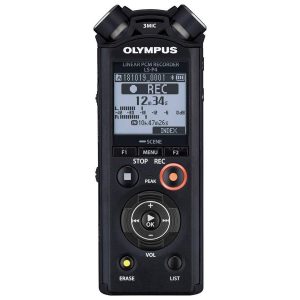
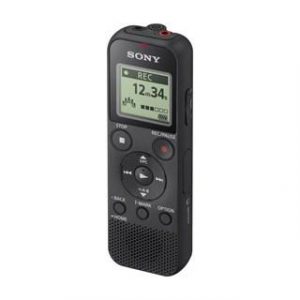
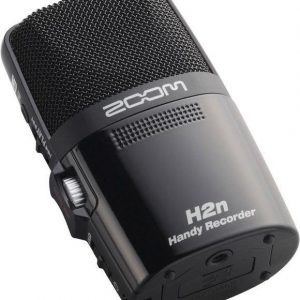

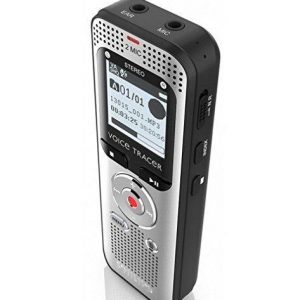
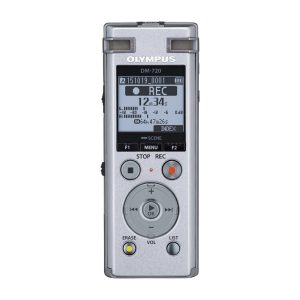
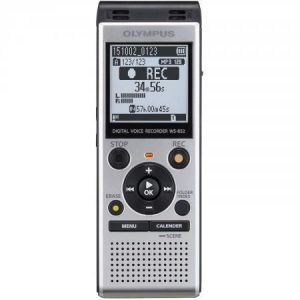
Korus –
I am 100% satisfied with the purchase of this legendary shure sm 58 microphone.
This product is suitable for use typically on stages, concerts and also for studio recordings. Classic. Very good quality microphone. I’m just starting to work with the Shure Sm 58-Lce at home, but I’ve dealt with it before on various stages.
I definitely recommend it. A microphone at an affordable price.
The Shure SM 58 is a stage classic. There are probably better and more expensive vocal mics, but this one works well in almost all conditions.
Donovan Dillon –
As a lawyer who frequently attends conferences and meetings, I was in need of a reliable and efficient audio recorder, and so based on several reviews, I decided to purchase the Tascam DR-44WL Handheld Music Recorder.
Unfortunately, my experience with the recorder has been subpar. Firstly, the built-in microphone is not of the highest quality, as it often picks up background noise and distortion. This ultimately results in poor audio recording clarity, which is a deal breaker for me. Additionally, the Wi-Fi connectivity present in the recorder is not useful. It’s unreliable and disconnects frequently.
In comparison to other recorders I’ve used in the past, I regretfully have to say that this recorder fails to meet previous standards – even worse than some of my cheaper recorders. The build quality also felt a tad cheap compare to some of its competitors on the market.
Furthermore, the delivery of the DR-44WL to Connecticut took longer than expected. It took a little over a week for it to be delivered, which was too long in my opinion.
Overall, I was not satisfied with the Tascam DR-44WL. The built-in microphone was not up to scratch and the Wi-Fi connection was of no use in my work as a lawyer. It was also poorly delivered. I would not recommend the product to others and may consider returning it.